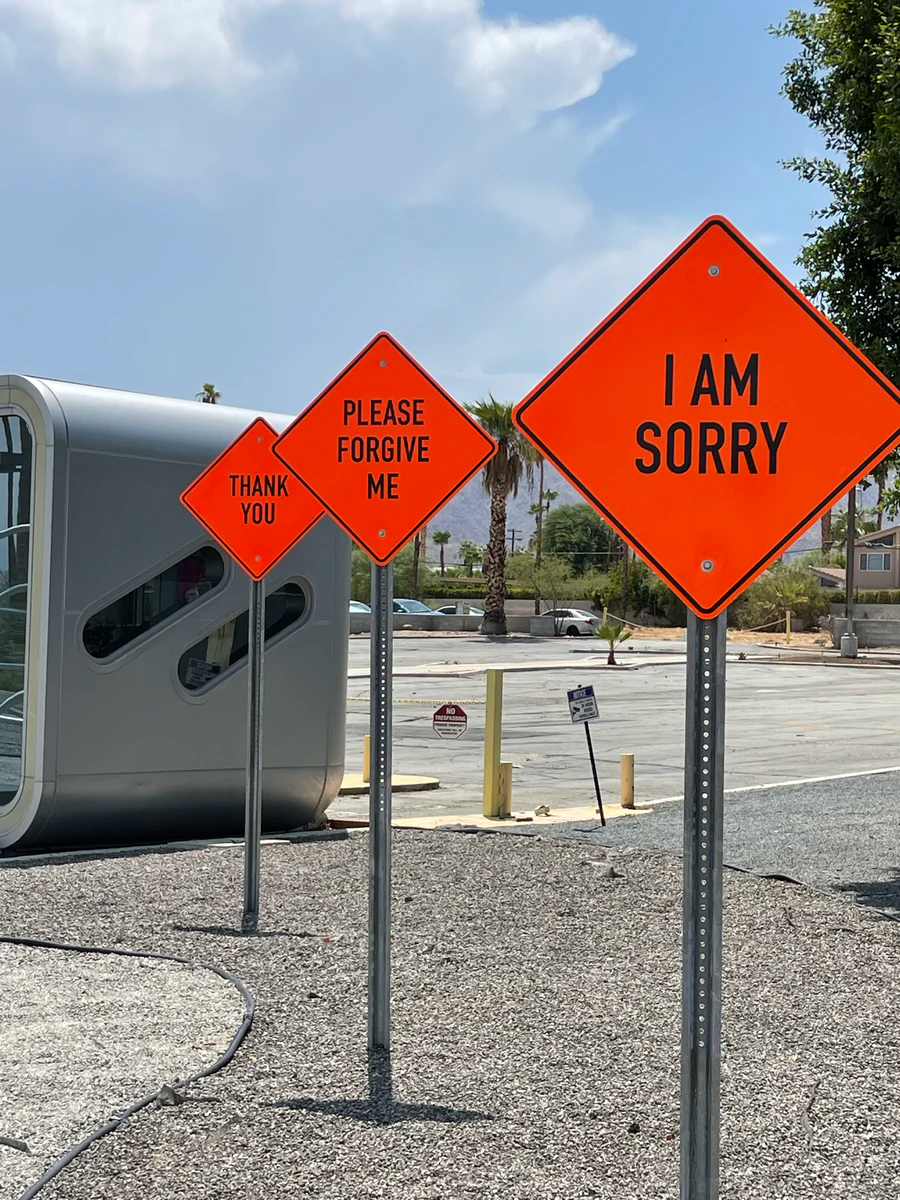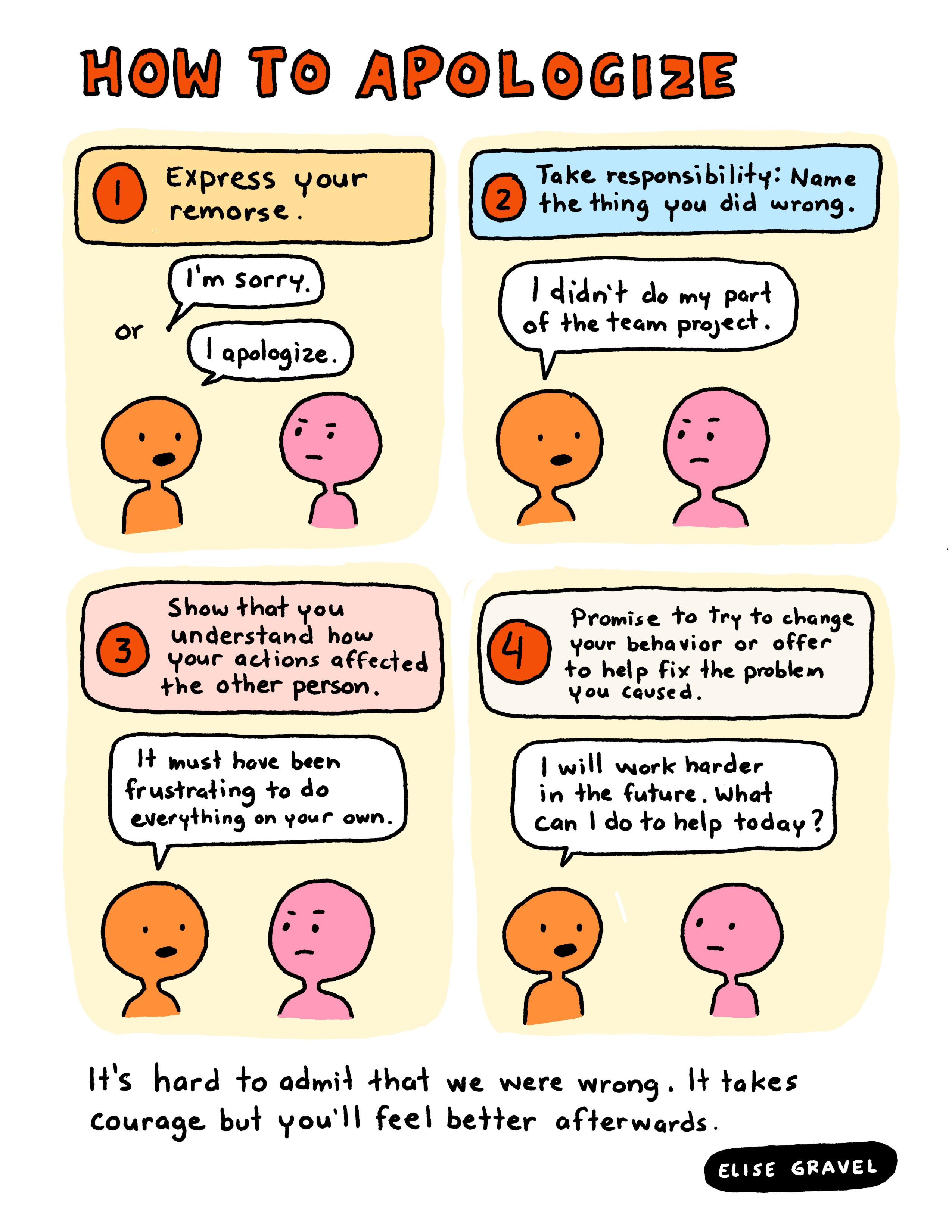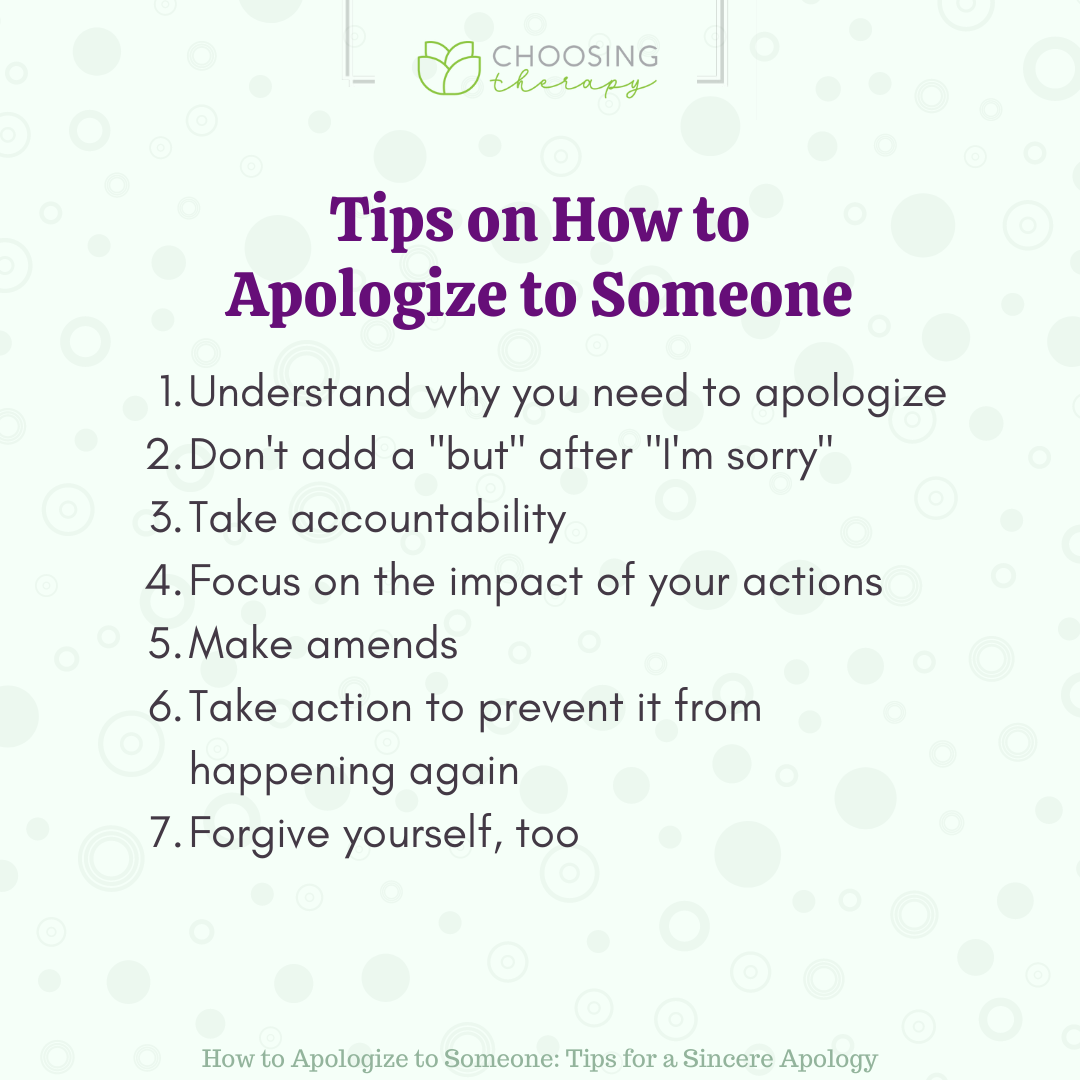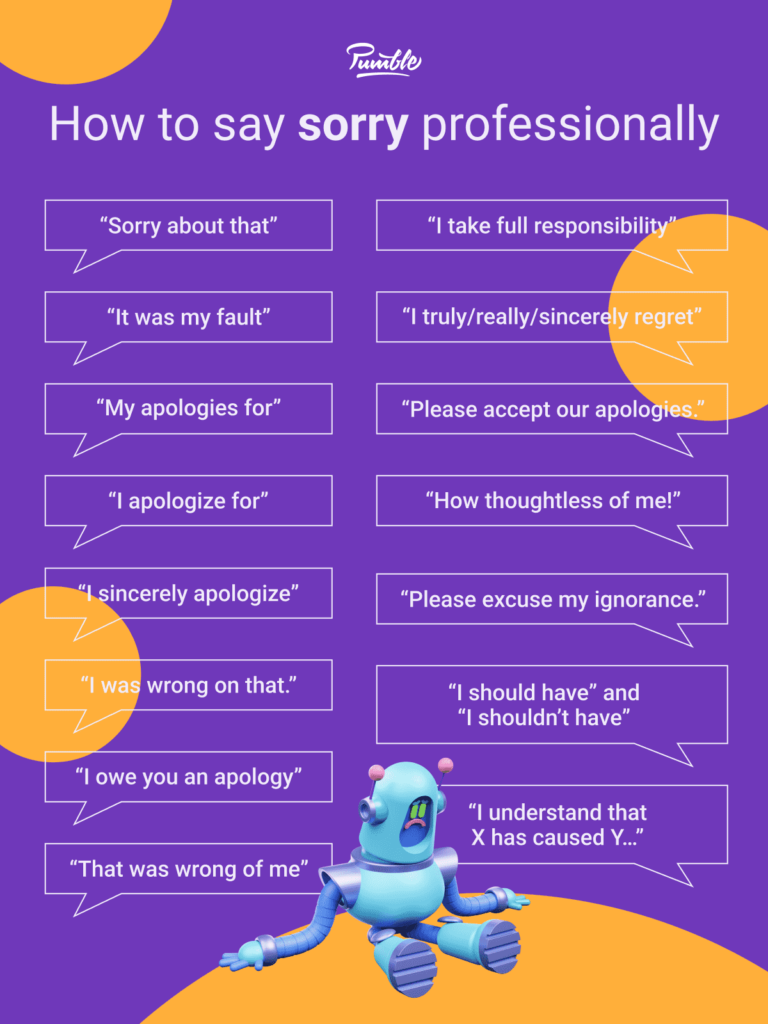How To Apologize Without Really Apologizing

Imagine the scene: a politician stands at a podium, a CEO addresses a boardroom, a celebrity posts on social media. The air crackles with anticipation, everyone waiting for the words "I'm sorry." But what emerges instead is a carefully crafted statement, a linguistic tightrope walk that acknowledges an issue without ever quite admitting fault. The art of the non-apology apology is alive and well, a fascinating phenomenon in our public discourse.
The *non-apology apology*, as it's often dubbed, is a statement that expresses regret or sympathy without actually taking responsibility for wrongdoing. It's a way to address public outcry, manage public relations, and potentially mitigate legal repercussions, all while avoiding direct admission of guilt. Understanding how these "apologies" work is crucial in navigating the complexities of modern communication, especially in an era of heightened scrutiny and instant feedback.
The Anatomy of a Non-Apology
These statements often employ specific phrases to achieve their ambiguous effect. Terms like "if anyone was offended" or "I regret that my words were interpreted" deflect blame, shifting the focus from the speaker's actions to the audience's reaction. Instead of admitting a mistake, they express concern that someone might have been hurt or that a message might have been misunderstood.
This linguistic maneuvering is frequently observed in the corporate world. When a company faces criticism for a product defect or service failure, a non-apology might surface. A statement like "We are sorry that some customers experienced difficulties" acknowledges the problem without admitting the company was at fault. The responsibility is vaguely assigned, perhaps hinting at external factors or isolated incidents.
The Roots of Evasive Apologies
The rise of strategic communication and public relations has fueled the prevalence of non-apologies. Professionals trained in crisis management often advise clients to avoid direct admissions of guilt, fearing legal consequences and reputational damage. Lawyers, in particular, may caution against full apologies, as they could be used as evidence in court.
According to a study by the Pew Research Center, public trust in institutions is declining, leading to increased cynicism. People are more likely to scrutinize statements from public figures and organizations, demanding transparency and accountability. This heightened awareness puts pressure on individuals and corporations to respond to criticism, even if they are unwilling to fully admit wrongdoing.
Furthermore, the rapid spread of information through social media amplifies the impact of any perceived misstep. A single tweet or post can trigger a wave of backlash, forcing individuals and organizations to issue statements quickly, often without fully considering the implications.
Spotting the Subterfuge
Recognizing a non-apology often involves paying close attention to the language used. Watch out for conditional phrasing, passive voice, and phrases that shift blame. For example, instead of saying "I made a mistake," a non-apology might say "Mistakes were made."
Analyzing the context is also key. Consider the speaker's motivations and the potential consequences of a full apology. Is there a legal battle looming? Is the speaker trying to protect their image or their company's bottom line? Understanding the underlying pressures can shed light on the purpose behind the evasive language.
The Impact of Incomplete Contrition
While non-apologies may serve a strategic purpose, they often fall short in building trust and fostering genuine reconciliation. A sincere apology typically involves acknowledging the harm caused, taking responsibility for one's actions, and expressing remorse. It also includes a commitment to making amends and preventing future offenses.
When these elements are missing, an apology can ring hollow, leaving the injured party feeling unheard and disrespected. This can exacerbate the situation, further damaging relationships and eroding public trust. As Maya Angelou famously said, "People will forget what you said, people will forget what you did, but people will never forget how you made them feel." A disingenuous apology often leaves a lingering feeling of dissatisfaction and resentment.
Ultimately, the effectiveness of any apology, genuine or otherwise, hinges on its perceived sincerity. While strategic communication has its place, authenticity and empathy remain crucial in mending relationships and rebuilding trust. In a world saturated with carefully crafted messages, the power of a truly heartfelt apology should never be underestimated.


















